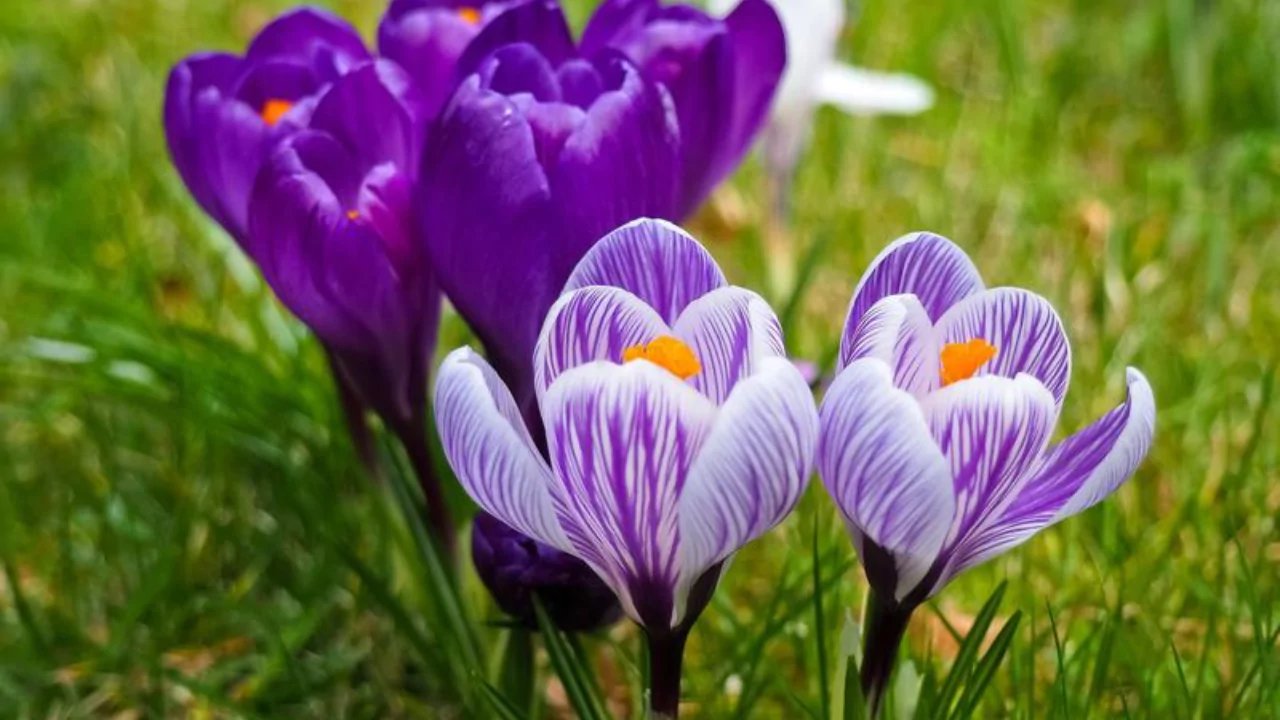
Whether you reside in blistering southern regions, the icy northern ones or anywhere else entirely, not every plant in your garden lies dormant between December and March. With winter being the coldest time of the year, there are also certain annual flowers, perennial flowers, and flowering shrubs that stubbornly refuse to wait until spring to add a bounty of color to the landscape.
As a point of interest, there is no need to pack away gardening tools until warm weather arrives. This is because spring offers numerous opportunities to appreciate nature’s beauty. Even in the depths of winter, there’s a vast range of flowers that bloom magnificently. Some flower types flourish in cold temperatures, and not just mediocre blooms; they are breathtaking flowers that can be cultivated.
Daffodil
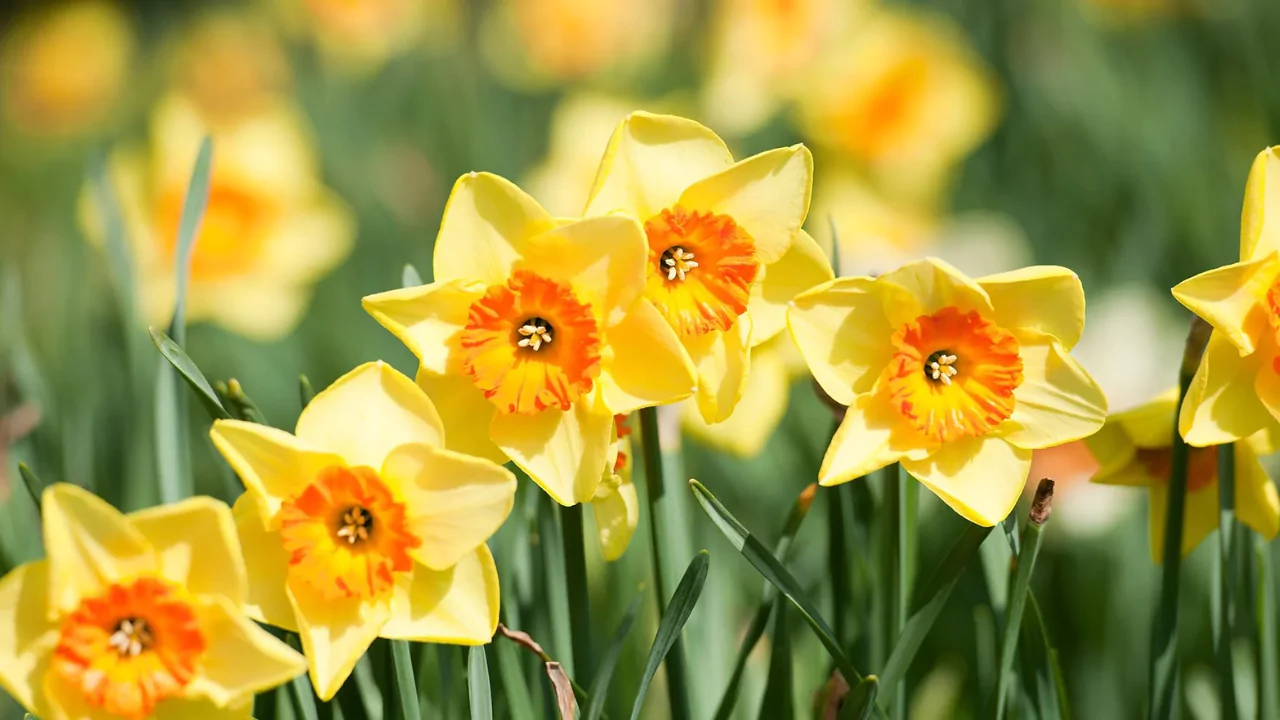
Daffodils rank among the earliest flowers to appear as spring approaches, with some blooming as early as February in certain regions. These bulbs yield cheery yellow blossoms and also bear some varieties that are white, two-toned, or yellow and white. To achieve a Daffodil bloom, plant daffodil bulbs three weeks prior to your area’s last frost date. Make sure to avoid very heavy or overly moist soil, as flowers daffodils thrive in sandy soil or slightly heavy soil.
Snowdrop
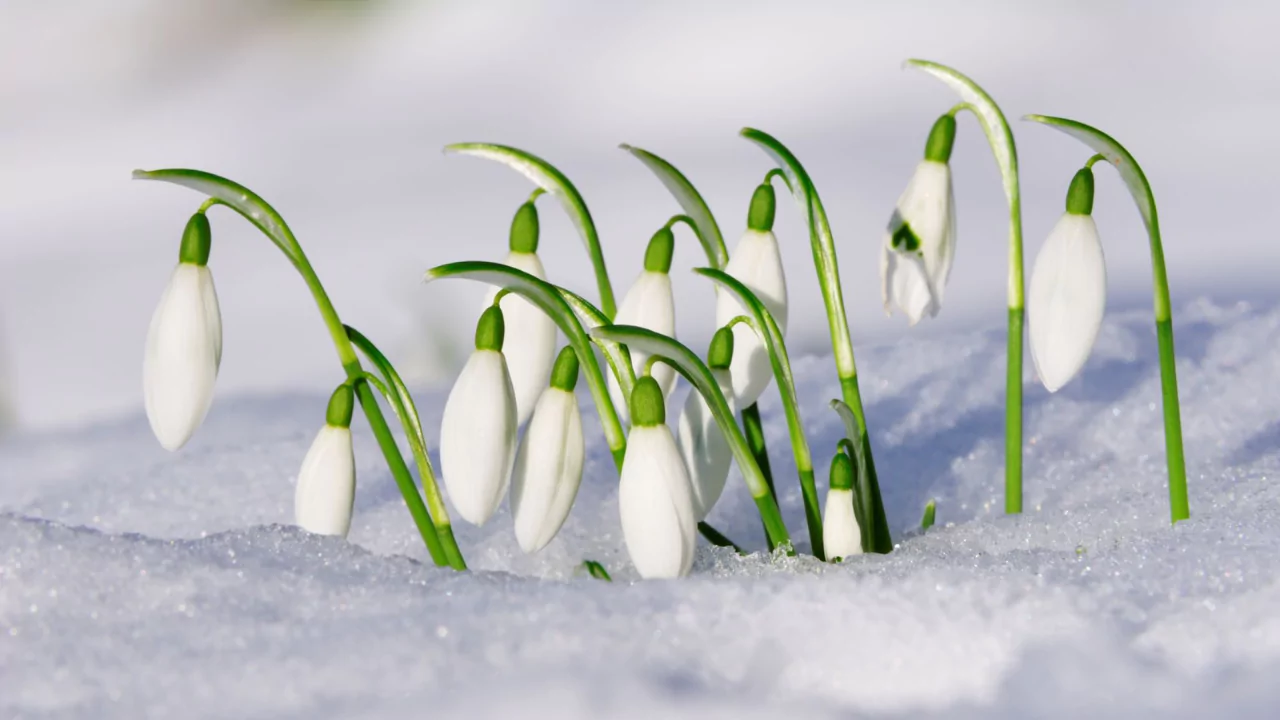
The small snowdrop grows on stems that are three to six inches tall. Each snowdrop flower is white and about an inch wide at the maximum. They are perennial and propagate themselves with time. Maintain at least ten plants as they do well in clumps. If left to spread naturally, you will eventually have vast fields of snowdrops blooming in spring. Snowdrops thrive well under the canopy of trees and prefer the shade. They can even be planted under a black walnut tree, which is known to be toxic due to juglone to many plants, without suffering damage. Avoid exposing your snowdrops to direct sunlight so that the dormant bulbs are protected from the summer heat.
Pussy Willow
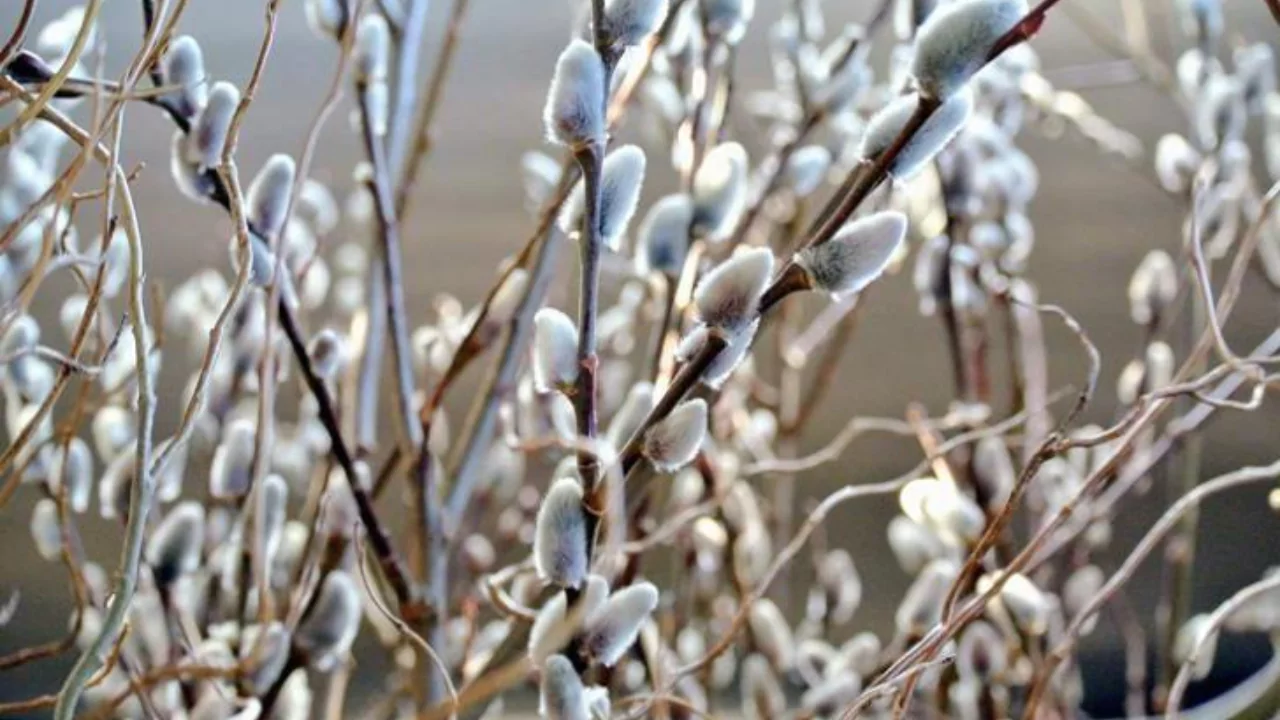
Pussy willow is a shrub or a small tree that grows six to thirty six feet tall and four to fifteen feet wide. It thrives best in moist lowland regions like ditches, marshes, or stream beds. The branches burst into fuzzy catkins before putting out green leaves in early spring or late winter. Males do tend to be more popular in gardens since they bloom earlier and their light gray catkins are showier than the green ones produced by females. Female willow plants do produce smaller catkins, but they are not as attractive as the male varieties.
Viola
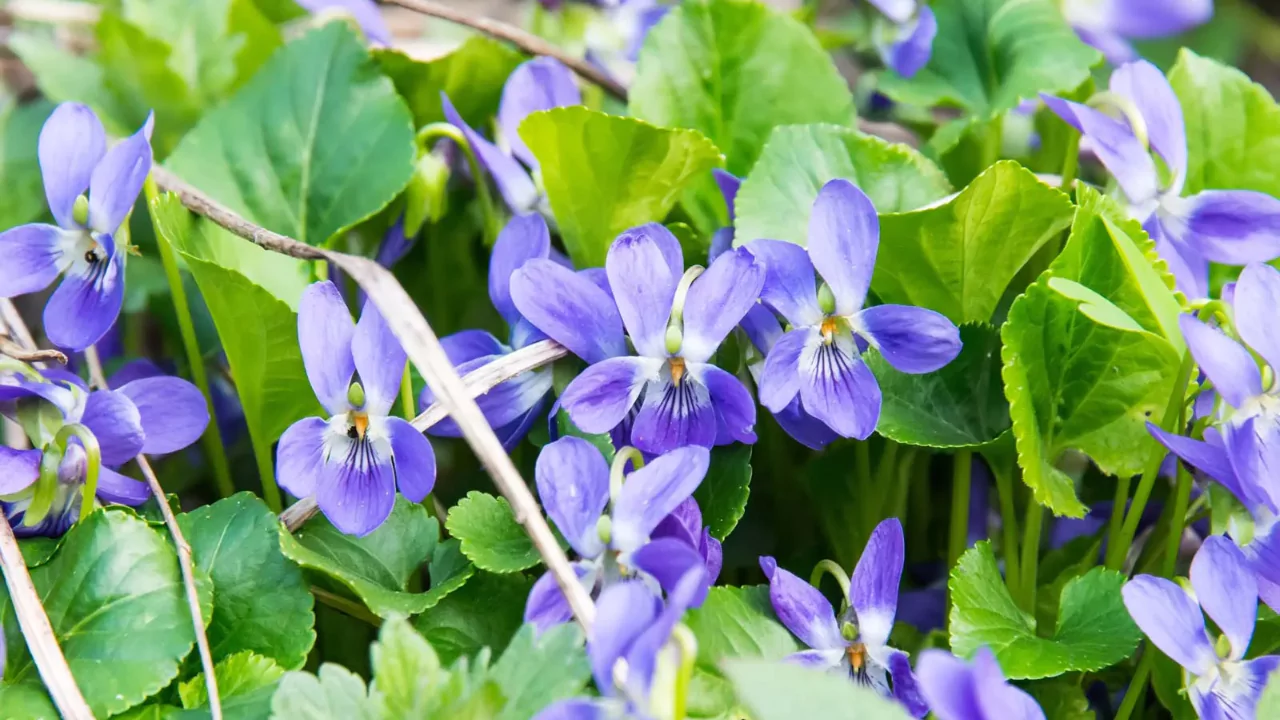
Many well-known winter-flowering plants belong to the family of violas. Pansies are one of the few flowers that bloom in winter. Violaceae, the family of flowering plants, pansy has almost 500 species of flowers which comes in both perennials and annuals. Most violas are diminutive; the flowers typically reach a maximum size of one and a half inches across. Those with blooms measuring two or more inches wide belong to the related family of pansies. Interestingly, violas also have culinary applications, so feel free to gather some blooms for salad or cake decoration.
Glory-of-the-Snow
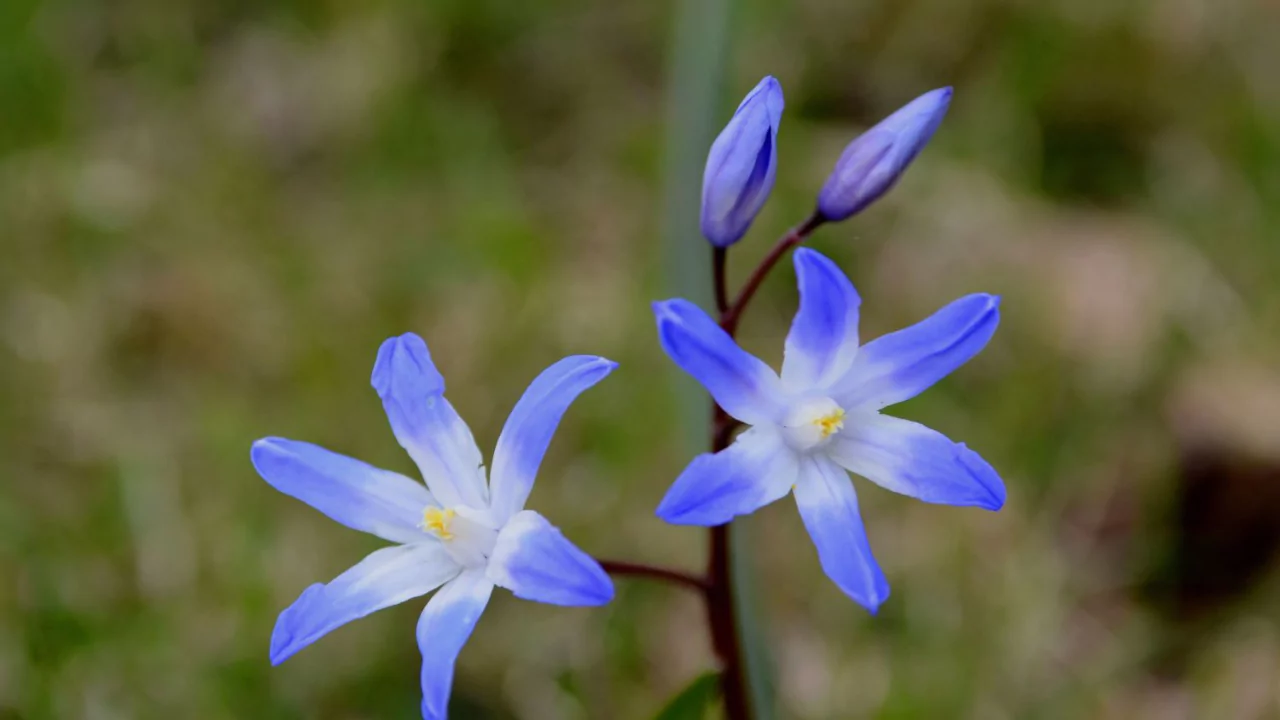
This group of small bulbing plants is akin to the squills and have earned the name “glory-of-the-snow” since they are able to bloom earlier than most flowers, hence sneaking through the winter snow. Glory-of-the-snow can be grown by gardeners in USDA Hardiness Zones three through eight. This plant generates blue, star-shaped flowers with white centers. Some cultivars may have lavender or pink blossoms instead of blue. These can be propagated by division or left to self-seed.
Winter Jasmine
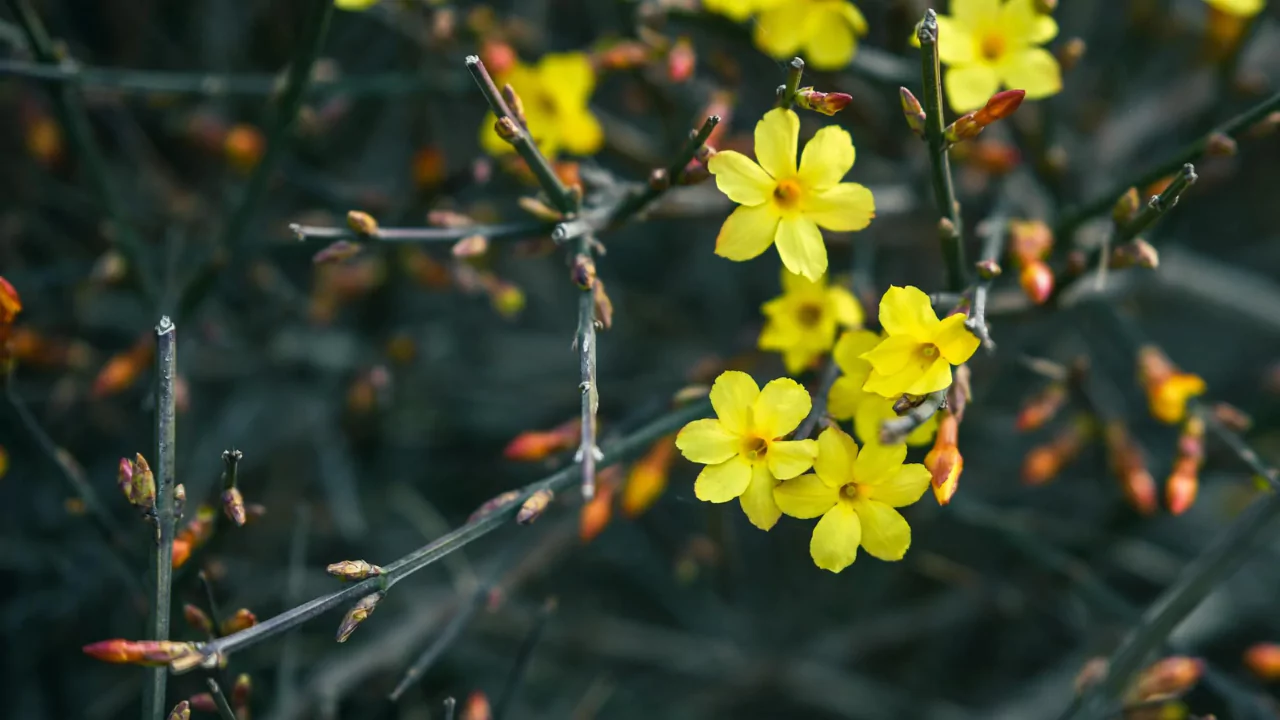
This specific flower is known to be one of the first to blossom in the region having an appearance in the month of January. They are instead butter-yellow in hue rather than butter colored and do not smell similar to most jasmine flowers. They are simple to care for and establish. While not a genuine climber, winter jasmine has a reputation for climbing over nearby structures. This specific plant prefers full sun and well drained soil. While soil is not winter jasmine’s strong suit, the addition of some compost can greatly help.
Japanese Andromeda
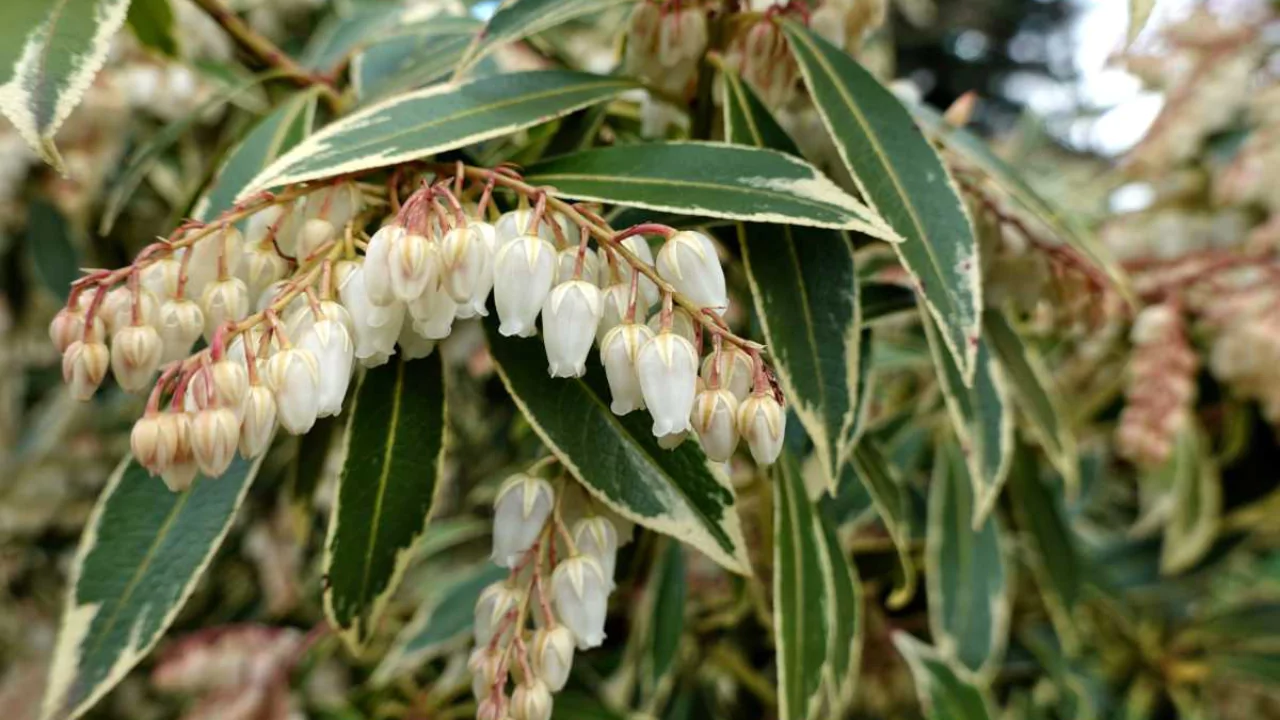
For this shrub, its geographical location should contain moderately moist soils which allow good drainage, alongside enriched slight acidic soil. The sun exposure for Japanese andromeda is full sun and part shade. It is also ideal to protect this plant from strong winds and provide afternoon shade. This dense shrub grows from nine to twelve inches in height, isakand does produce valley-lily flowers in early spring. Several cultivars exist with flowers in white and pink or deep rose colors. A good companion are rhododendrons as both are happy in acidic soils.
Hellebore/Lenten Rose
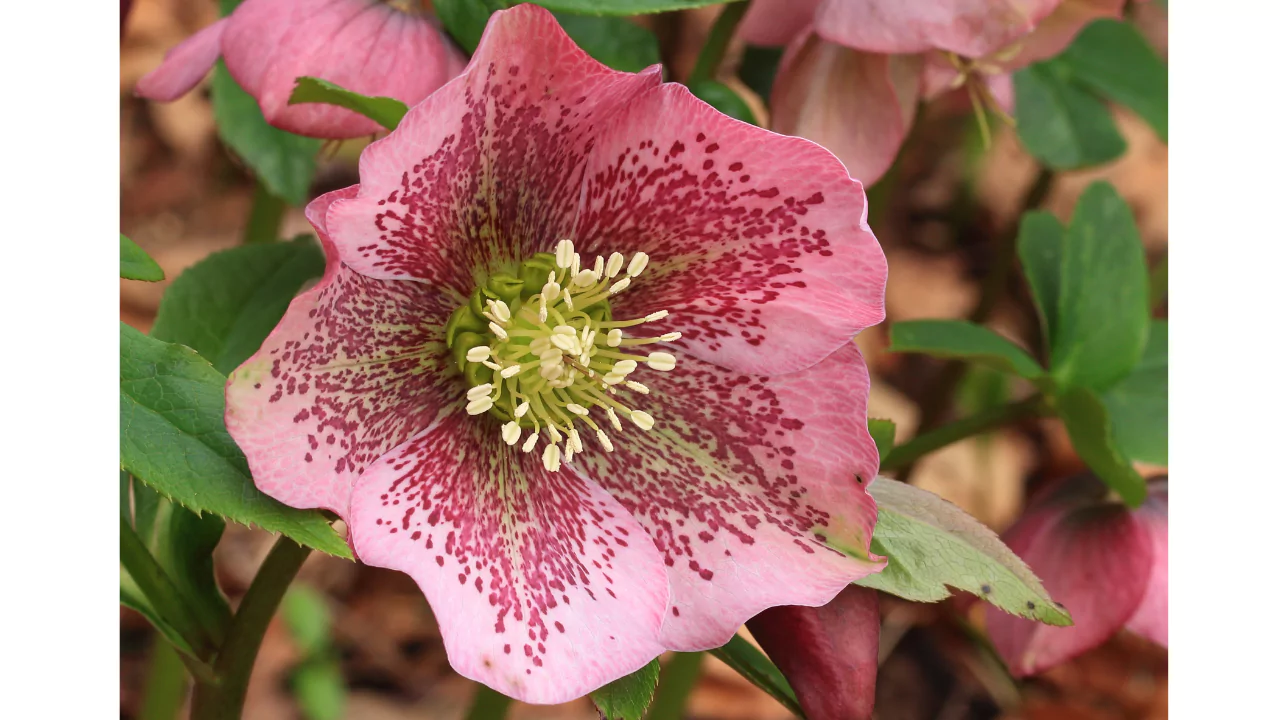
These stunning perennials bloom from Christmas time until early spring. Although the flowers look like roses, hellebores are more closely related to ranunculus. They can withstand frosts and shade, so don’t place them in areas that receive more than partial sun. Avoid planting hellebores too deep as the plant may struggle to bloom.
Winter Aconite
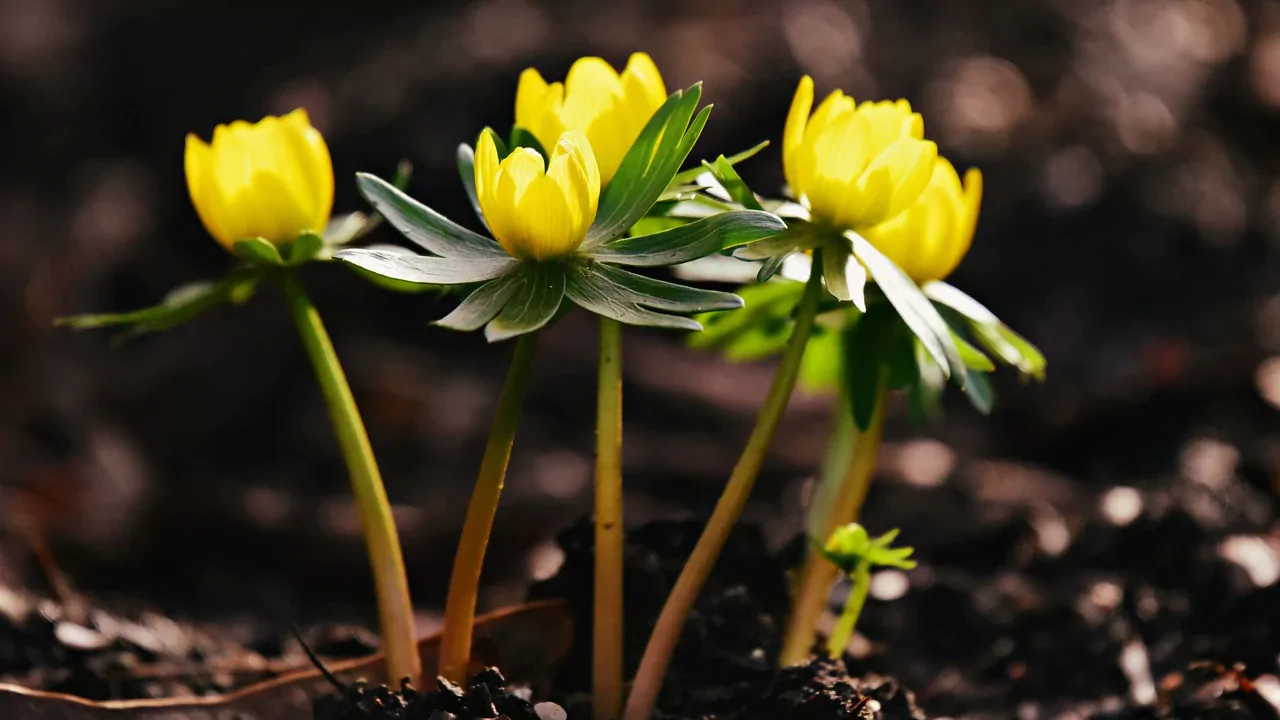
Winter aconite plants are famous for pushing through snow crusts. In the north, winter aconites may pop up as early as March. Their bloom is similar to buttercups and is frost resistant. Winter aconite is noted to be among the first bloomers, coming even earlier than crocuses. This plant grows from tubers, which should be planted like spring-flowering bulbs in the fall. Ensure the tubers are planted at a depth of at least five inches to protect them from winter’s chill.
Algerian Iris

Algerian irises are beautiful flowering plants that bloom from mid-fall to early spring. Their flowers can range from lavender to deep purple and are two to three inches wide. Algerian irises are evergreen perennials that can be grown for cut flower gardens. They prefer to be in full sun and need a well-draining dry, slightly alkaline soil. While these plants can endure droughts, they do require some moisture during dry periods. Algerian irises also resist rabbits and deer.
Kaffir Lily

Kaffir lilies are typically cultivated indoors, making them houseplants. These plants blossum between February and May and come in shades of yellow, orange, pink, red, and cream. Adult plants can blossom again in the summer or fall. This plant should only be grown by experienced gardeners, as it can be a challenge to meet the Kaffir lily’s somewhat picky maintenance needs. Also, these flowers are slightly toxic to both pets and young children, so make sure to plant it where children and pets do not have access to.
Phlox
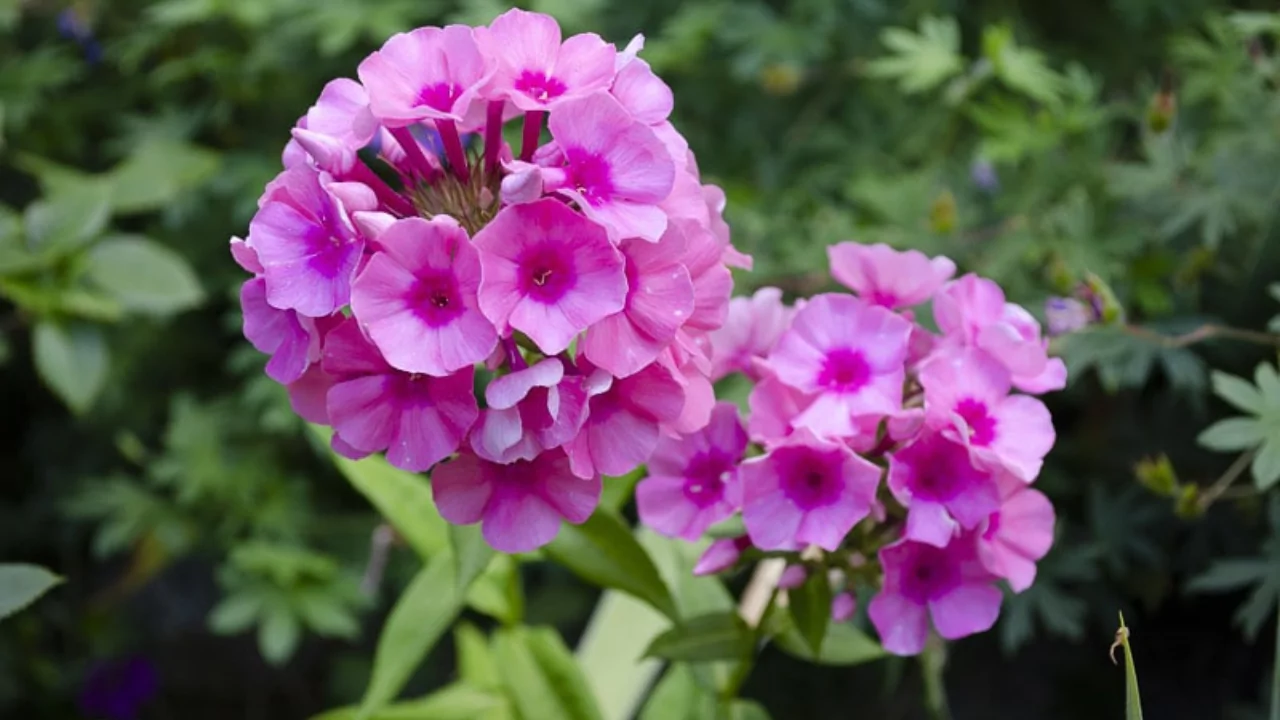
There exist 67 different species of phlox flowers that range from blue, purple, white, pink and red. Phlox flowers come in varying heights of 3 feet tall or smaller dwarf cultivars. Additionally, sweet fragrance is a characteristic of taller phlox varieties. While growing phlox flowers, full sun, shade or areas with good air circulation to prevent diseases are suitable places. Thorough watering is required for maintenance, especially well draining soil rich in organic materials. Like all garden plants, phlox should be watered at the root to avoid the spread of diseases.
Camellia

Well known for the stunning flowers produced during cold periods, this Japanese shrub’s camellia varieties are low maintenance. Still, they blossom best when fertilized and pruned appropriately. The camellia species are over 40,000 and include many unique growing preferences. Some cold hardy camellias can survive temperatures of -15 degrees Fahrenheit if sheltered from wind and sun. Most camellias are best in USDA Hardiness Zones 7 through 10, although some varieties do well in zone 6.
Mahonia
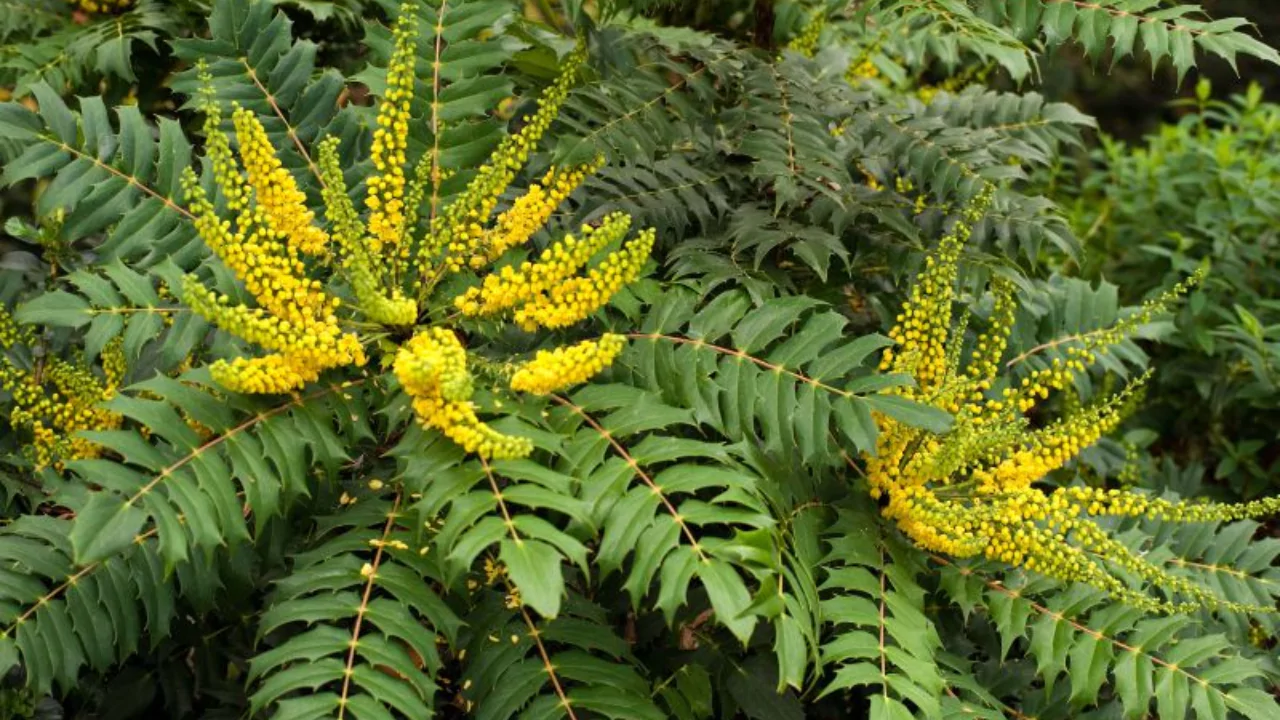
Mahonia is a shrub that remains green throughout the year and in winter, it produces floral bouquets of minute, fragrant yellow flowers that are arranged in clusters on long stems alongside large, dull green leaves. Mahonia flowering occurs between late fall and early winter and has become, over the years, a striking centerpiece in many winter gardens. The flowers of the mahonia shrub complement its amber green leaves vividly. Mahonia plants are also referred to as sun holly as well as oregon grape holly.
Cyclamen

Many flowers become dormant during the winter and bloom in summer, but cyclamen do the opposite; they go dormant in summer and bloom winter months instead. Unlike florist’s cyclamen, which should only be grown outdoors in warmer climates, hardy cyclamen are able to endure cold weather and long freezes, but will revive with the onset of warm temperatures.
One downside to cyclamen, however, is it does not survive summers in areas with very hot and dry conditions. Because of this, many gardeners in warm climates use pots so that they can be brought indoors during summer to escape hot temperatures, allowing them to delight in the plant’s vibrant blooms year after year.
Witch Hazel
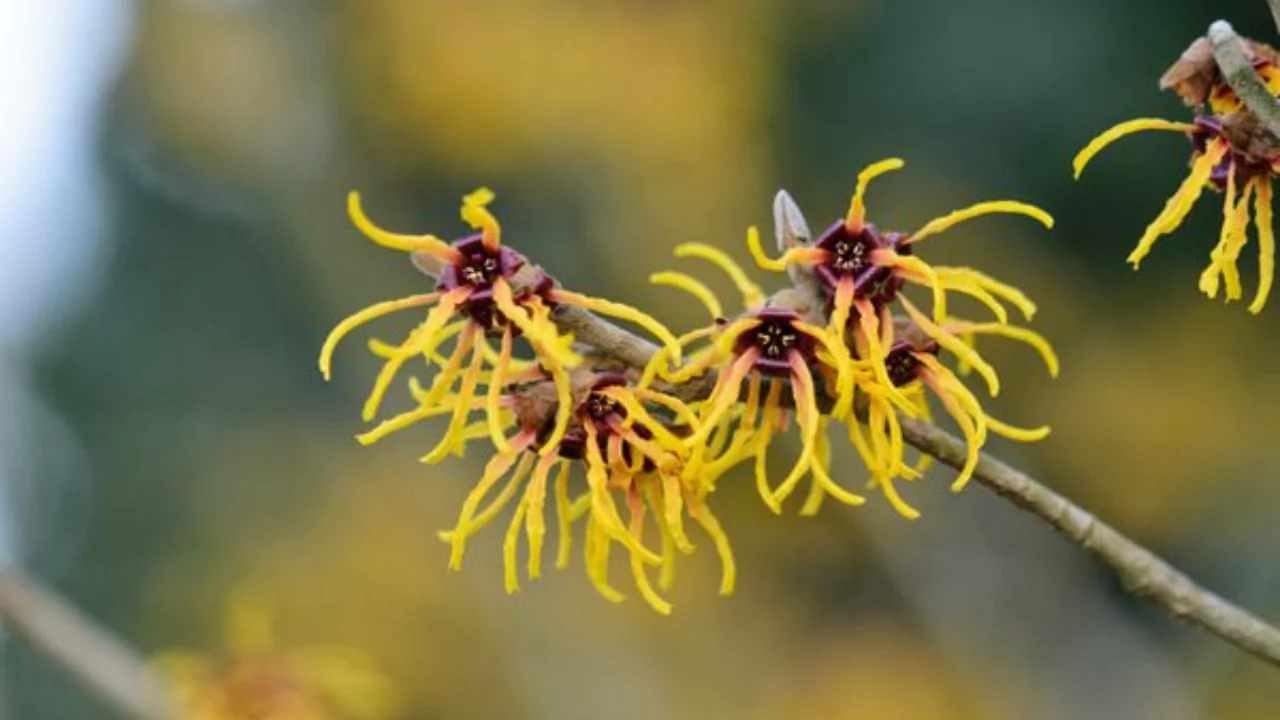
Witch hazel is one of the few plants that blooms between October and March. During the winter, these plants appeared shaggy and spider-like with soft green foliage that turned yellow, then green, fading to orange over time. They also produced clusters of blooms that emerged bare branched and coated in white. Hamamelis blooms emerge in clusters and are the earliest plants to flower, witch hazel outlasts others with blooms for 8 weeks. Which is almost a month longer than most flowers.
Pansy
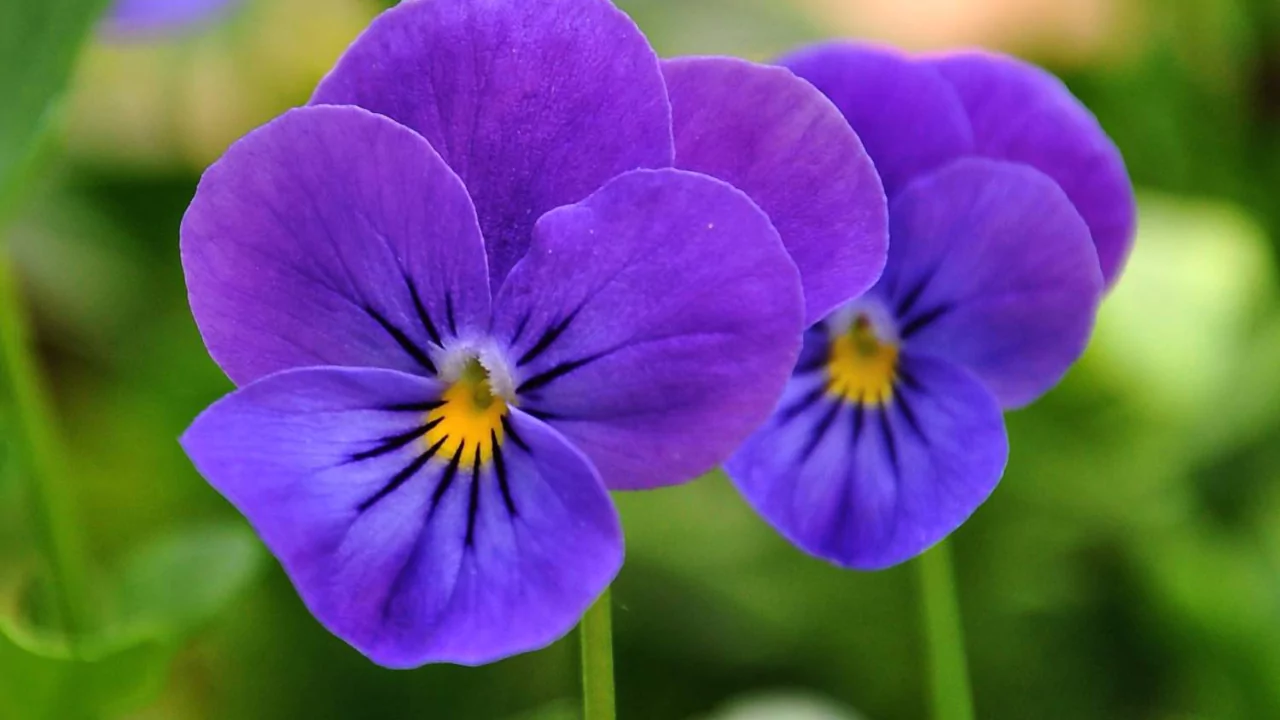
Pansies not only thrive in winter, but bloom during this time as well. These flowers can survive single-digit temperatures and freezing, only to bounce back when the weather warms. For best rooting results, plant them in borders or pots during September and October to give them time to root before winter.
The leftover heat in the soil during the winter months will aid in the striking growth of your flowers blooming throughout winter. Not to worry if you miss the early planting dates; pansies planted from late October through November are still expected to flower continuously during the winter and well into spring.
English Primrose
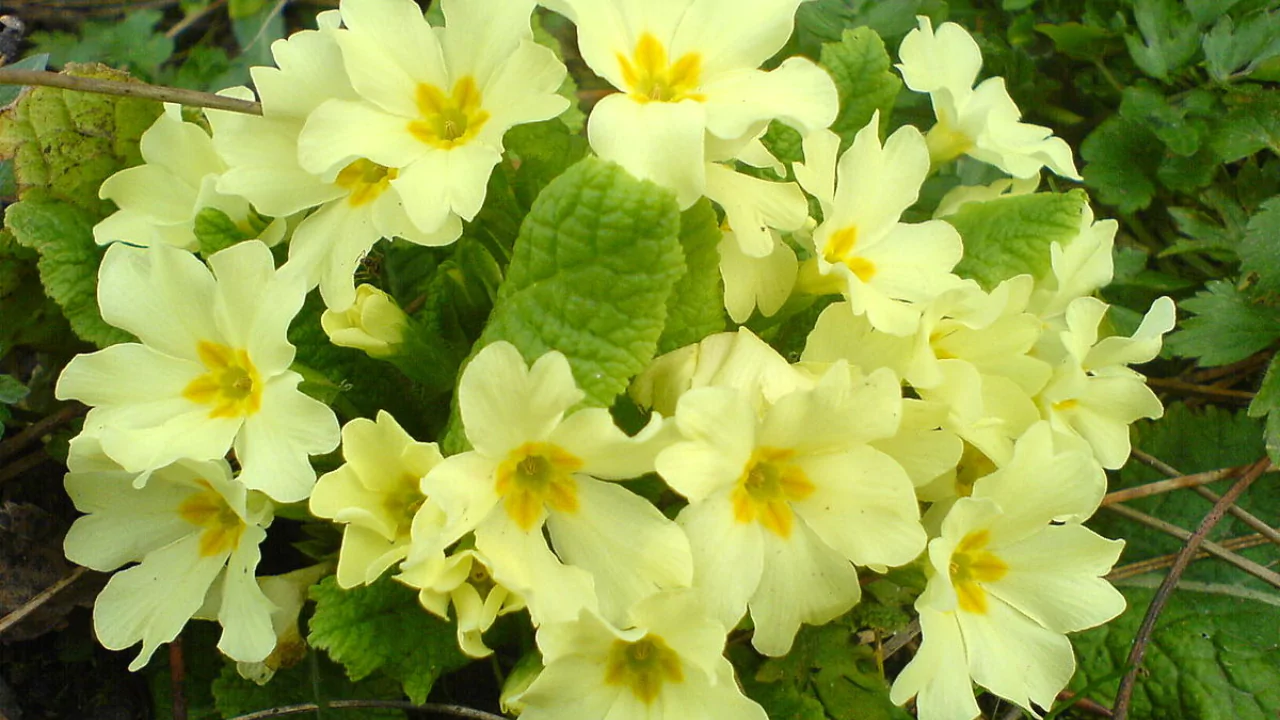
Unlike most primroses, which bloom in spring, the English Primrose provides winter interest with flowers. With its ability to transform a dull winter landscape, this variety is offered in nearly every color imaginable. English Primrose is a low-growing perennial that blooms from mid winter to early spring, brightening the atmosphere in various shades of blue, white, yellow, orange, pink, and red. These flowers thrive in sunny or partially shaded areas, making them ideal for borders or walkways.
Crocus
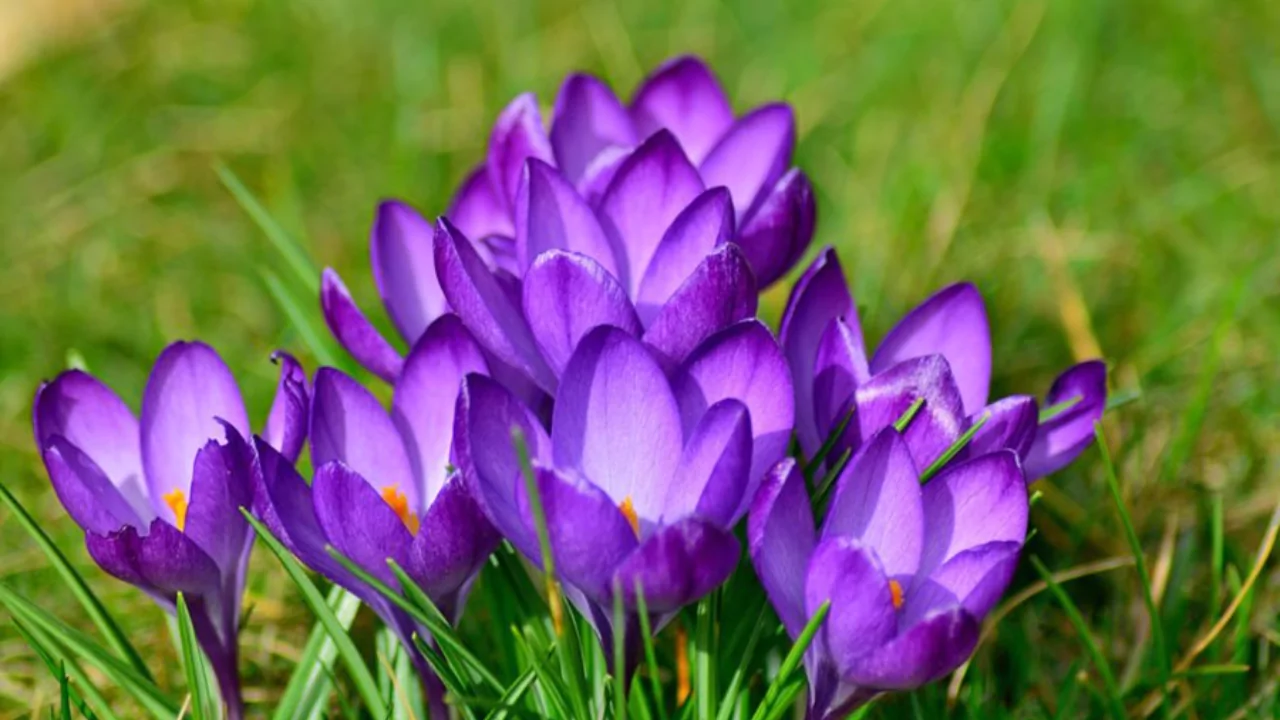
Within the iris family is a genus of plants known as crocus, which contains over ninety species of flowering perennial plants. From late winter to early spring, the small, cup shaped flowers that crocus produce becomes a common sight. The snow crocus variety is among the first crocus to bloom. It truly feels like winter is finally letting go when their blooms emerge amid the frosty, desolate landscape. These perennial flowers should be planted in the fall to yield color in late winter and early spring.
Winter Heath
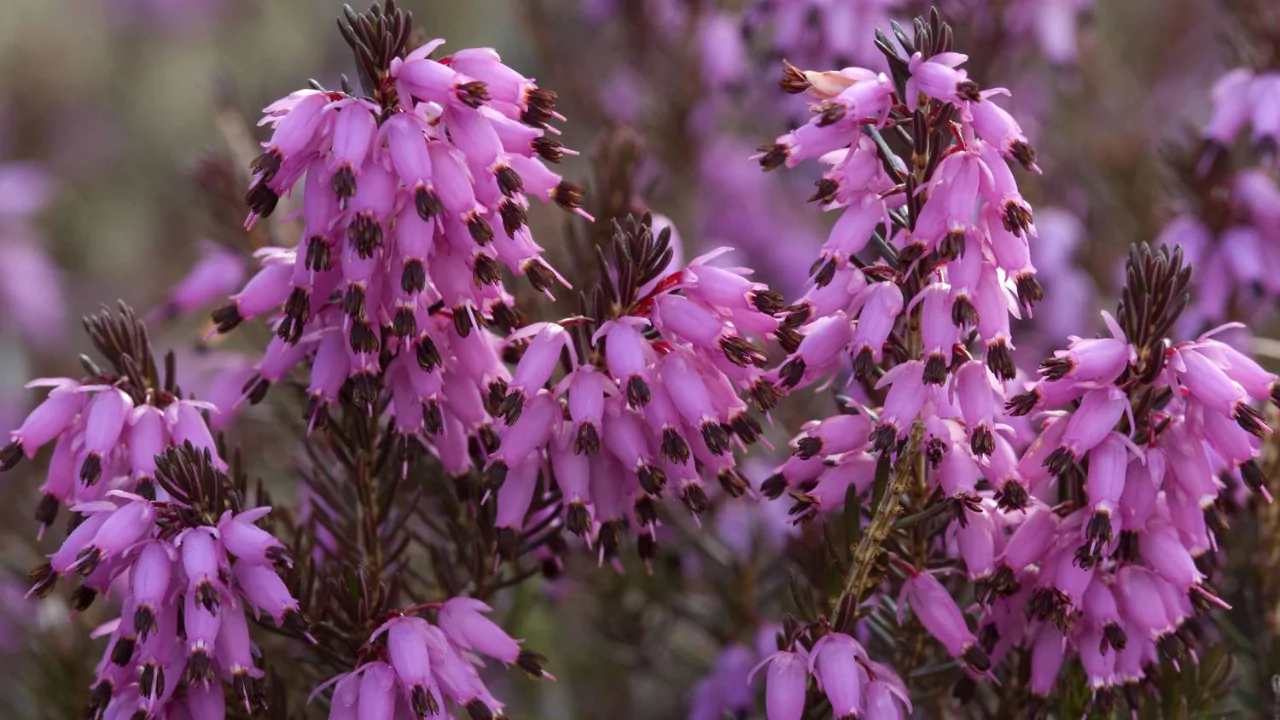
Winter heath is a small evergreen shrub renowned for its prolific production of tiny pinkish flowers which blossom anytime between January to March for several weeks. The shrub’s native origins are from the mountainous regions of central, eastern, and southern Europe, which also contains the snow-heath variety. With plenty of heath species to choose from, make sure to buy the winter blooming one, as the other majority are summer bloomers.
As more and more people grasp how much lovely blooms one can decorate their space with during winter, that season stops feeling like an off month for gardeners. The reason why so many seasoned gardeners maintain their gardens even during winter is thanks to these beautiful flowers. If you are looking for a reason to transform gardening into a year-round activity, here it is. With such spectacular flowers, who wants a winter break?